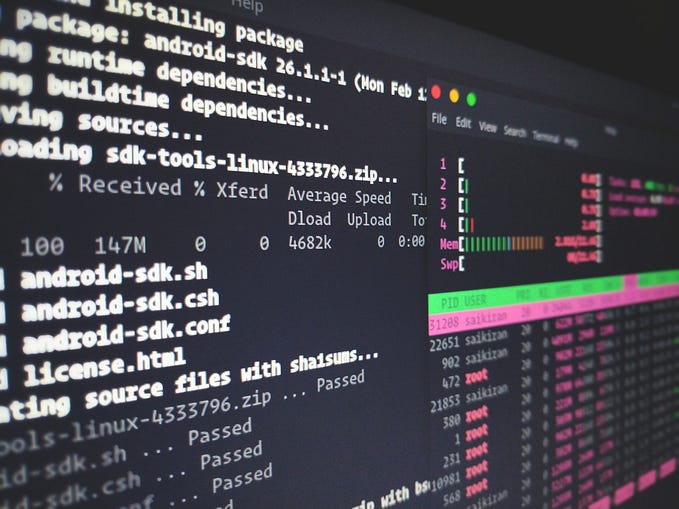Member-only story
25 Advanced Bash Commands Every Linux User Should Know

For Linux users aiming to maximize productivity, mastering advanced Bash commands is essential. These commands provide powerful ways to search, manipulate, and automate tasks, unlocking a world of efficiency for both system administration and development workflows. Here’s a deep dive into 25 of the most advanced Bash commands, essential for any serious Linux user.
1. grep - Advanced Text Searching
- Usage:
grep -r "pattern" /directory - Explanation:
grepsearches for text patterns within files and directories. With the-r(recursive) option, it looks through subdirectories as well. It supports regex patterns, allowing for complex search capabilities. - Example:
grep -r "error" /var/log/searches all logs for "error."

2. awk - Text Processing and Data Extraction
- Usage:
awk '{print $1, $3}' file.txt - Explanation:
awkis a powerful tool for text manipulation, allowing you to filter and reformat data. You can use it to extract columns and apply conditions on text files.







